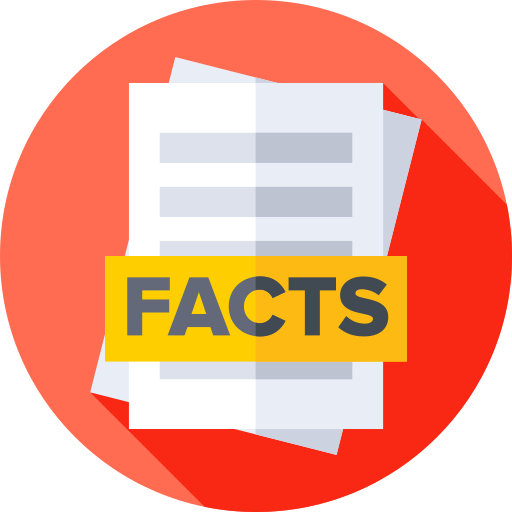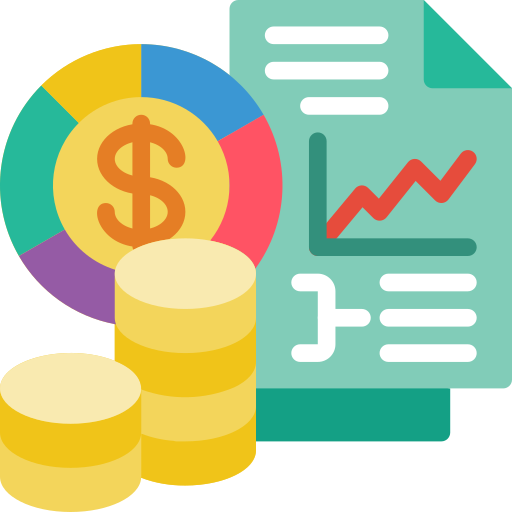Oman - Geography

Here, let us take a look at the Geography of Oman. Consists of Oman proper and two northern exclaves, Musandam and Al Madhah; the former is a peninsula that occupies a strategic location adjacent to the Strait of Hormuz. Mother's mean age at first birth is (), whereas, the Maternal mortality ratio is 13 deaths/100,000 live births (2023 est.)
Geographical data of Oman
| Location | Middle East, bordering the Arabian Sea, Gulf of Oman, and Persian Gulf, between Yemen and the UAE |
|---|---|
| Geographic coordinates | 21 00 N, 57 00 E |
| Map references | Middle East |
| Tarrain | central desert plain, rugged mountains in north and south |
| Natural Resources | petroleum, copper, asbestos, some marble, limestone, chromium, gypsum, natural gas |
| Natural Hazards | summer winds often raise large sandstorms and dust storms in interior; periodic droughts |
| Irrigated Land | 1,162 sq km (2022) |
| Major rivers (by length in km) | |
| Major aquifers | Arabian Aquifer System |
| Land Boundaries | 1,561 km |
| Border Countries | Saudi Arabia 658 km; UAE 609 km; Yemen 294 km |
| Coastline | 2,092 km |
| Climate | dry desert; hot, humid along coast; hot, dry interior; strong southwest summer monsoon (May to September) in far south |
| Area | |
| Total Area | |
| Land Area | 309,500 sq km |
| Water Area | 0 sq km |
| comparative Area | twice the size of Georgia |
| Maritime Claims | |
| Territorial sea | 12 nm |
| Contiguous zone | 24 nm |
| Exclusive economic zone | 200 nm |
| Elevations | |
| Highest point | Jabal Shams 3,004 m |
| Lowest point | Arabian Sea 0 m |
| Mean elevation | 310 m |
| Land Use | |
| Agricultural land | 4.8% (2023 est.) |
| Agricultural land: arable land | arable land: 0.3% (2023 est.) |
| Agricultural land: permanent crops | permanent crops: 0.1% (2023 est.) |
| Agricultural land: permanent pasture | permanent pasture: 4.4% (2023 est.) |
| Forest | 0% (2023 est.) |
| Other | 95.2% (2023 est.) |
Population Distribution
The vast majority of the population is located in and around the Al Hagar Mountains in the north; another smaller cluster is found around the city of Salalah in the far south; most of the country remains sparsely populated
People and Society
In Oman, the different Ethnic groups are such that we have: Arab, Baluchi, South Asian (Indian, Pakistani, Sri Lankan, Bangladeshi), African
| Population | |
|---|---|
| Pop growth rate | 1.75% (2024 est.) |
| Birth rate | 21.1 births/1,000 population (2024 est.) |
| Death rate | 3.2 deaths/1,000 population (2024 est.) |
| Health expenditure | |
| Physicians Density | |
| Hospital bed Density | 1.2 beds/1,000 population (2020 est.) |
| Total fertility rate | 2.64 children born/woman (2024 est.) |
| Gross reproduction rate | 1.29 (2024 est.) |
| Contraceptive prevalence rate | |
| Est married women (ages 15-49) | 56.4% (2023 est.) |
| Literacy | |
| Education expenditures | |
| Net Migration rate | -0.5 migrant(s)/1,000 population (2024 est.) |
| Nationality | Omani | Omani(s) |
| Languages | |
| Religions | Muslim 85.9%, Christian 6.4%, Hindu 5.7%, other and unaffiliated 2% (2020 est.) |
| Age Structure | |
| 0-14 years | 29.8% (male 594,909/female 566,682) |
| 15-64 years | 66.2% (male 1,428,141/female 1,155,438) |
| 65 years and over | 4% (2024 est.) (male 73,076/female 83,746) |
| Dependency Ratios | |
| Total dependency ratio | 51 (2024 est.) |
| Youth dependency ratio | 45 (2024 est.) |
| Elderly dependency ratio | 6.1 (2024 est.) |
| Potential support ratio | 16.5 (2024 est.) |
| Median Age | |
| Total | 27.3 years (2024 est.) |
| Male | 28.1 years |
| Female | 26.3 years |
| Urbanization | |
| Urban population | 88.4% of total population (2023) |
| Rate of urbanization | 2.32% annual rate of change (2020-25 est.) |
| Major urban areas (Pop) | 1.650 million MUSCAT (capital) (2023). |
| Sex Ratio | |
| At birth | 1.05 male(s)/female |
| 0-14 years | 1.05 male(s)/female |
| 15-64 years | 1.24 male(s)/female |
| 65 years and over | 0.87 male(s)/female |
| Total population | 1.16 male(s)/female (2024 est.) |
| Infant Motality | |
| Total | 13.9 deaths/1,000 live births (2024 est.) |
| Male | 15.1 deaths/1,000 live births |
| Female | 12.6 deaths/1,000 live births |
| Life Expectancy at birth | |
| Total population | 77.4 years (2024 est.) |
| Male | 75.5 years |
| Female | 79.4 years |
| Drinking Water Sources | |
| Improved: urban | urban: 94.7% of population (2022 est.) |
| Improved: rural | rural: 76.3% of population (2022 est.) |
| Improved: total | total: 92.4% of population (2022 est.) |
| Unimproved: urban | urban: 5.3% of population (2022 est.) |
| Unimproved: rural | rural: 23.7% of population (2022 est.) |
| Unimproved: total | total: 7.6% of population (2022 est.) |
| Sanitation facility acess | |
| Improved: urban | urban: 100% of population (2022 est.) |
| Improved: rural | rural: 100% of population (2022 est.) |
| Improved: total | total: 100% of population (2022 est.) |
| Unimproved: urban | urban: 0% of population (2022 est.) |
| Unimproved: rural | rural: 0% of population (2022 est.) |
| Unimproved: total | total: 0% of population (2022 est.) |
| Alcohol consumption per capita | |
| Total | 0.47 liters of pure alcohol (2019 est.) |
| Beer | 0.17 liters of pure alcohol (2019 est.) |
| Wine | 0.02 liters of pure alcohol (2019 est.) |
| Spirits | 0.29 liters of pure alcohol (2019 est.) |
| Other alcohols | 0 liters of pure alcohol (2019 est.) |
| Tobacco use | |
| Total | 11.6% (2025 est.) |
| Male | 17.9% (2025 est.) |
| Female | 0.4% (2025 est.) |
Demographic profile
All Important Facts about Oman
Want to know more about Oman? Check all different factbooks for Oman below.









